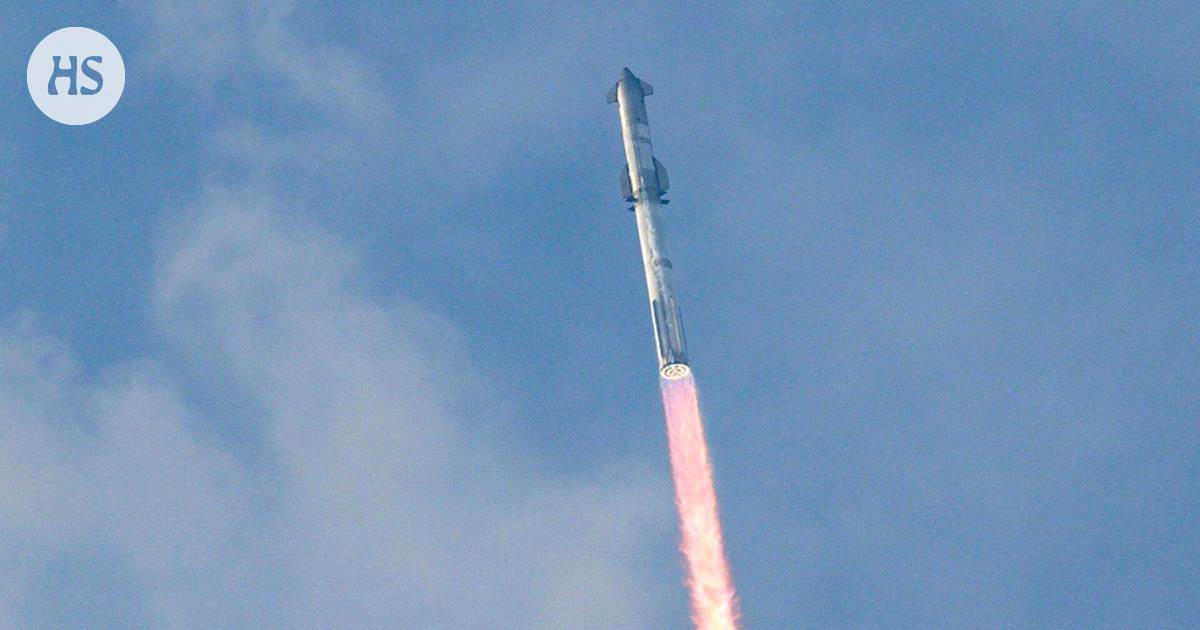SpaceX successfully launched its massive Starship spacecraft into space from the launch pad at 15:25 Finnish time. After an hour of flight, the ship landed in the Indian Ocean, but it was destroyed upon landing or possibly burnt up or decomposed in the air. Radio communication was lost during the flight due to atmospheric friction causing the ship to heat up. Despite being protected by heat shields, the connection was lost before it hit the sea. The flight, which included various tests, was only partially successful and data is currently being analyzed.
The third test marked the third launch of the Starship within a year, with the first stage of the rocket detaching after about three minutes and falling into the Gulf of Mexico at high speed. The upper stage quickly reached a height of 150 kilometers and eventually surpassed 200 kilometers, entering into space. Various tests were conducted during the flight, such as testing the opening and closing of cargo spaces and fuel transfer between tanks. However, despite some successful tests, the main objective of the flight was not achieved.
SpaceX’s ultimate goal is to use the Starship to transport cargo and people to Mars and other destinations beyond Earth’s atmosphere. The rocket is designed to reach heights up to 122 meters on Earth before taking off for space travel. Refueling tests were conducted in early March near SpaceX’s launch site in Texas, with an aim to demonstrate reusability of both stages.
NASA has selected SpaceX’s Starship for its Artemis III mission to land astronauts on Mars’ surface in preparation for future human exploration missions on red planet. Before this can happen though, SpaceX must demonstrate refueling capabilities in orbit and achieve successful lunar orbit missions before astronauts’ planned landing in 2026. In preparation for this mission NASA identified several issues that needed fixing before allowing another test flight which include fuel leaks, fire protection and propellant vents among others that have been repaired by SpaceX after receiving approval from FAA (Federal Aviation Administration)

:quality(75)/cloudfront-us-east-1.images.arcpublishing.com/elcomercio/SHZS63UVUVBIHKYXCRRMDXZQHI.jpg)
